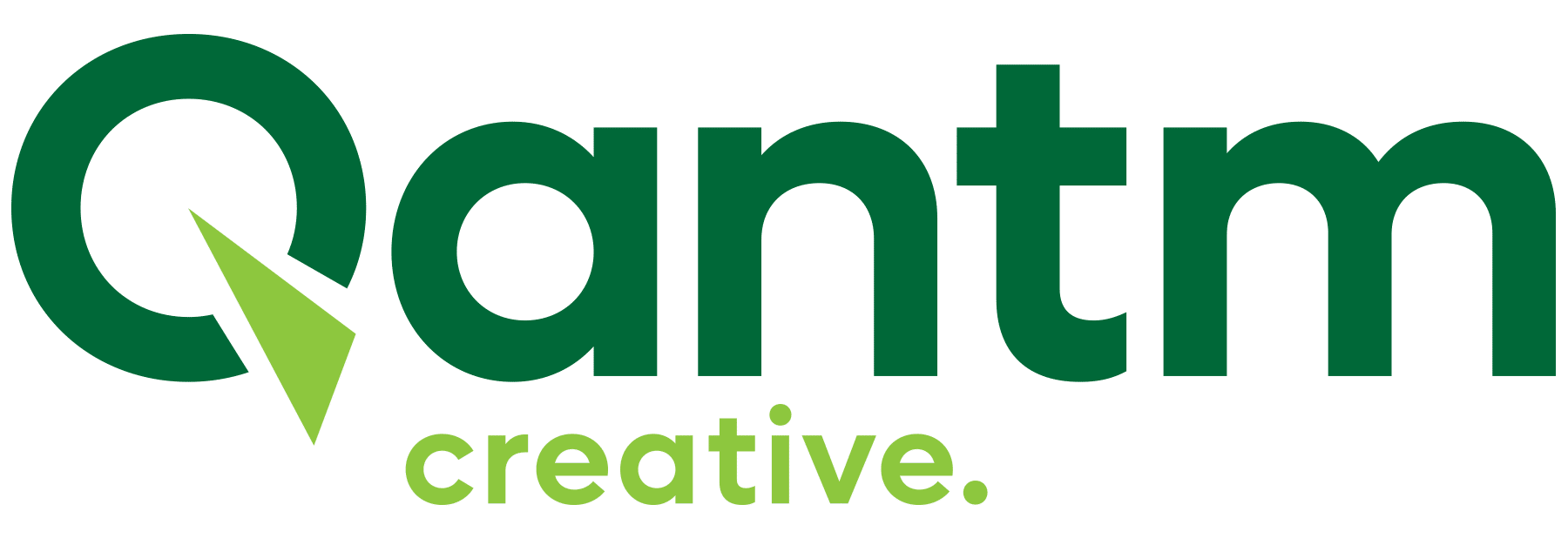Highlights:
- Audit your 2025 results to understand what worked and what didn’t.
- Use your 2025 data to set clear 2026 goals and refine your messaging.
- Shift your budget toward top-performing channels while keeping some for testing.
- Apply these insights now to catch up on your 2026 planning.
Behind on 2026 planning? It happens to the best of us. Ideally you’d have started earlier, but if you’re running behind, this guide will help you catch up fast and still plan strategically. The good news? The secret’s already at your fingertips. It’s your 2025 data. By analyzing what worked, fixing what didn’t, and applying those insights, you can build a growth plan that avoids unnecessary costs. Use this step-by-step guide to turn 2025 insights into a winning 2026 strategy.
Audit Your 2025 Marketing Performance
Before planning for 2026, take a comprehensive look at your 2025 marketing performance. Gather data on key metrics like website traffic, conversion rates, return on investment (ROI), and customer acquisition costs. Identify which campaigns generated the most leads and revenue, and which ones fell short. Even if you’re coming to this step later in the year, auditing now ensures you still enter 2026 with a data-backed plan rather than rushing at the last minute.
Phase 1: Gather Data
- Pull reports from Google Analytics, ad platforms, and your CRM.
- Sort your campaigns by performance and highlight the top 20% that generated the most value.
Phase 2: Analyze Results
- Identify areas for improvement like underperforming channels, high costs, or missed opportunities.
- Summarize your findings to guide your 2026 planning. Focus on scaling what worked and learning from what didn’t.
Spot Trends and Patterns
Your 2025 data reveals valuable trends that can predict future outcomes. Review your results to identify patterns. Did sales spike during specific months or around particular events? Were there ad creatives or messages that consistently outperformed others? Recognizing these trends helps you allocate resources more effectively in 2026, ensuring that your marketing dollars go where they’ll have the greatest impact.
ACTION STEPS
- Review your data to find seasonal trends, like holiday spikes or summer slowdowns. It’s best to look at multiple years of data to identify seasonal trends.
- Identify high-performing ads, content, or messages that drove above-average engagement.
- Create a timeline of peak performance periods and schedule your 2026 campaigns to take advantage of those trends.
- Document insights on what resonated with your audience and refine your messaging for next year.
Set Laser-Focused Goals for 2026
Your goals for 2026 should be data-driven and aligned with your 2025 performance. Use the SMART framework (Specific, Measurable, Achievable, Relevant, and Time-bound) to set clear objectives. For instance, if you want to increase leads by 20%, use your data to calculate the required traffic, ad spend, and conversion rate improvements needed to reach that goal.
ACTION STEPS
- Analyze your 2025 conversion metrics across all channels (e.g., paid search, social media, organic, email, etc.).
- Calculate how many leads and customers you need in 2026 to meet your growth goals. Start with your current number of customers. For example, if you had 300 customers in 2025 and want 20% growth, you’ll need 360 customers in 2026. With a 30% conversion rate from leads to customers, you’ll need 1,200 leads
- Set specific goals for each marketing channel.
- Adjust your budget based on cost-per-lead data and expected improvements to ensure your goals are realistic and achievable. If your planning window is compressed because you’re starting late, these calculations become even more important for making a strong case to decision-makers quickly.
Allocate Your Budget for Maximum ROI
Increase spending on high-performing channels and campaigns that delivered strong ROI. However, don’t forget to set aside some funds for experimentation. Testing new tactics allows you to discover hidden opportunities without sacrificing core performance.
ACTION STEPS
- Review your 2025 ROI by channel and campaign, then rank them by cost-effectiveness.
- Allocate a larger portion of your budget to your top-performing channels.
- Trim or eliminate spending on underperforming areas, but reserve 10-15% of your budget for testing new ideas or platforms.
- Plan for quarterly budget reviews, adjusting spend based on performance to ensure your budget works as hard as possible.
Consider the following as an example:
- Your Meta ads delivered $20/lead
- Email marketing delivered $10/lead
- Paid search ads lagged at $50/lead
In this case, you may consider reducing the search budget and increasing investment in social and email for better returns.
Fine-Tune Your Tactics and Messaging
Your 2025 data isn’t just numbers. It’s insight into what resonates most with your audience. Which messages drove the highest click-through rates? Did a specific type of ad format or call-to-action (CTA) perform better than others? Use this information to refine your strategy for 2026. Continuously test and optimize to connect more effectively with your audience.
ACTION STEPS
- Revisit your 2025 campaigns to identify your most effective messaging, CTAs, and ad formats.
- Set up A/B tests for 2026 to compare new ideas against your current best performers. For example, test two headlines: ‘Get 20% More Leads in 2026’ vs. ‘Boost Your Sales by 20%.’
- Continuously monitor performance and optimize your tactics based on real-time results.
- Create a messaging guide based on top-performing copy, visuals, and tone to maintain consistency across all campaigns.
Measure ROI Relentlessly
2026 is not the time for a “set it and forget it” approach. Constantly measure your performance against your goals and adjust your strategy based on the data. Regular reviews of your key metrics allow you to spot opportunities for improvement and quickly address underperformance, maximizing your marketing impact.
ACTION STEPS
- Set up custom dashboards in Google Analytics, your CRM, and other reporting tools to track key metrics in real-time.
- Schedule monthly or quarterly performance reviews to assess whether you’re on track to meet your goals.
- Use these reviews to adjust campaigns, reallocate budget, and optimize your efforts based on actual data.
- Document your learnings to inform future campaigns and strategies.
Take Control of 2026: Plan, Execute, Succeed
Your 2025 data holds the key to your 2026 success. By leveraging every insight, setting specific goals, and refining your tactics, you’ll be in a prime position to achieve significant growth next year. The most successful businesses learn from the past to shape the future. Let your data be your guide. And remember, even if your planning started later than ideal, applying these steps now will help you make up ground and enter 2026 with clarity and momentum.
Need expert help to take things to the next level? Qantm Creative can help turn your 2025 insights into a powerful marketing strategy for 2026. Contact us today for help planning your best year yet!
Written by Lori Aitkenhead, Director of Digital and Social Media




